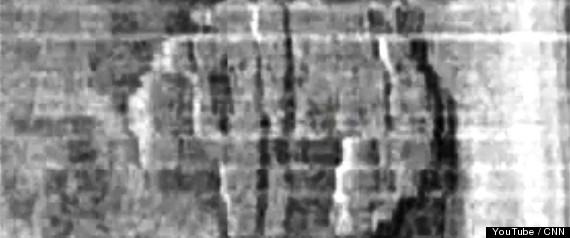
MURMANSK — Whenever you feel the urge to complain about the injustice of the climate where you live, you can always comfort yourself with the fact that it's probably colder in Murmansk, where snow can linger into May and reappear in September.
But the chilly temperatures and remote conditions come with their own rewards. Pristine wilderness, a long ski season and a prime location for viewing the northern lights are all points of pride for Murmansk residents.
Despite the cold, this Arctic seaport amazingly remains ice-free all year long due to the warming effects of the North Atlantic Current, making it an important trade port on the eastern part of the Kola Peninsula. Shipping and fishing are the largest industries in the city, which trades extensively with neighboring Norway and Finland.
Founded in 1916, Murmansk was officially the last city created under the Russian empire. It was originally a railroad settlement on the Murman railway, built during World War I to stretch from Petrozavodsk to the potential naval base on the coast of the Barents Sea.
From the beginning, the city seemed destined to play a critical role in 20th-century Russian history. During World War II, Murmansk was a crucial trade link between Russia and the other Allied powers, and thus a battleground for German control of the Arctic.
Under Operation Silver Fox, German forces attempted to seize Murmansk by launching a two-pronged offensive, attacking from Norwegian and Finnish territories to the west of the city and cutting off railway lines further south.
Although more than 90 percent of the city was destroyed, the Soviet Army held its ground. On May 6, 1985, the 40th anniversary of the Allied victory in Europe, Murmansk was designated a "Hero City" for the sacrifice made during World War II.
To this day, the city's role in World War II remains an important part of Murmansk's identity. "From the time we're children, we're raised around World War II monuments and grow up hearing stories. It's as if it happened last month," said Yulia Chernichuk, a local journalist with Murmansk Business News.
Like many of Russia's midsized cities, Murmansk suffers from post-Soviet depopulation. Since the early 1990s, Murmansk's population has declined steadily, decreasing from a city of almost half a million to one with just over 300,000 residents.
But Murmansk retains an important role in Russia's economy. It is the fourth-largest Russian port by turnover and the biggest shipping point for the export of Russian coal.
Its location near some of the world's greatest energy resource reserves also promises to give the city an increasingly prominent role to play in the near future.
Oil extraction in the Russian Arctic has proven technically difficult and has yet to be successfully achieved on a large scale. The first Arctic offshore drilling platform, the Prirazlomnaya platform, was tugged from Murmansk to its permanent location on the Pechora Sea in August 2011. The platform failed to meet its most recent production deadline — March 2012.
The bigger question, however, is what will become of the Shtokman oil field, located about 600 kilometers northeast of Murmansk. Experts estimate that it may contain as many as 200 billion barrels of oil, making it among the largest oil fields in the world.
More than one-fifth of the world's undiscovered oil and natural gas is believed to lie above the Arctic Circle. A development consortium for Shtokman was founded in 2008, headed by Gazprom. The first gas from the field is expected to go to market in 2016, coinciding with the city's 100th-year anniversary.

 Either someone behind Bret Easton Ellis's Twitter account is playing a diabolical joke on us all, or there really IS something fairly mind-blowing in the works right now involving Ellis and Fifty Shades of Grey.
Either someone behind Bret Easton Ellis's Twitter account is playing a diabolical joke on us all, or there really IS something fairly mind-blowing in the works right now involving Ellis and Fifty Shades of Grey.



.jpg)
